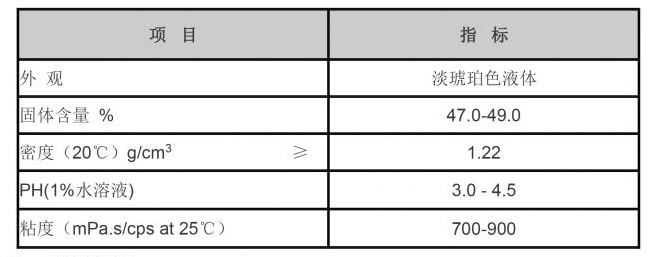Understanding the Role of Coagulants and Flocculants in Water Treatment Processes and Applications
Coagulants and Flocculants Essential Agents in Water Treatment
Water is a vital resource that sustains life, and ensuring its purity is crucial for human health and environmental sustainability. The processes of water treatment employ various chemical agents to remove impurities and suspended particles, among which coagulants and flocculants play a pivotal role. Although they are often used interchangeably, they perform distinct functions in the water treatment process.
What are Coagulants?
Coagulants are substances that promote the clumping together of particles suspended in water, facilitating their removal. The most commonly used coagulants are aluminum sulfate (alum), ferric chloride, and polyaluminum chloride. These chemicals work by neutralizing the charges on suspended particles, allowing them to aggregate into larger clusters known as flocs. The chemical reactions that lead to coagulation generally happen quickly, resulting in the formation of flocs that can be easily removed from the water.
The coagulant dosage is crucial; too much can lead to higher residual levels, affecting water quality, while too little may not effectively remove contaminants. Several factors influence the coagulation process, including pH, temperature, and the nature of the contaminants present. For optimal performance, regular monitoring and adjustment of these parameters are necessary.
Role of Flocculants
After coagulation, flocculants further assist in the aggregation of the flocs, promoting their settling or removal by filtration. Flocculants are typically high molecular weight polymers that enhance the size and strength of the formed flocs. Common examples include polyacrylamides and natural cellulosic flocculants. The primary function of flocculants is to improve the efficiency of solid-liquid separation by increasing the size of the flocs, making them easier to remove from the water through sedimentation or filtration.
coagulants and flocculants

Unlike coagulants, which are often used in smaller concentrations, flocculants may require higher dosages to achieve the desired floc size and settling rates. Flocculation is a slower process compared to coagulation, often requiring gentle stirring to allow sufficient time for the flocs to form and grow.
Importance in Water Treatment
The combined use of coagulants and flocculants is essential in various water treatment applications, including drinking water purification, wastewater treatment, and industrial processes. The removal of turbidity and the reduction of pollutants such as heavy metals, pathogens, and organic matter are critical for safeguarding public health and environmental standards.
In drinking water treatment, the removal of particles and microorganisms ensures potability and compliance with health regulations. In wastewater treatment, efficient coagulation and flocculation processes reduce the organic load and suspended solids, making the effluent safer for discharge or reuse. Additionally, in industrial operations, these agents can help manage water quality, conserve resources, and minimize the environmental impact of waste discharges.
Environmental Considerations
While coagulants and flocculants are highly effective, their use is not without challenges. The residual chemicals left in treated water can pose health risks if not managed properly. Moreover, some synthetic flocculants may have environmental implications, especially in aquatic ecosystems. As a result, there's a growing trend toward researching biodegradable and environmentally friendly alternatives.
In conclusion, coagulants and flocculants are essential components of modern water treatment protocols. Their ability to enhance water quality through the efficient removal of suspended particles underscores their significance. As research progresses, the development of more sustainable and effective agents will continue to advance the field of water treatment, ensuring the availability of clean water for future generations.
-
Water Treatment with Flocculant Water TreatmentNewsJun.12,2025
-
Polymaleic AnhydrideNewsJun.12,2025
-
Polyaspartic AcidNewsJun.12,2025
-
Enhance Industrial Processes with IsothiazolinonesNewsJun.12,2025
-
Enhance Industrial Processes with PBTCA SolutionsNewsJun.12,2025
-
Dodecyldimethylbenzylammonium Chloride SolutionsNewsJun.12,2025





